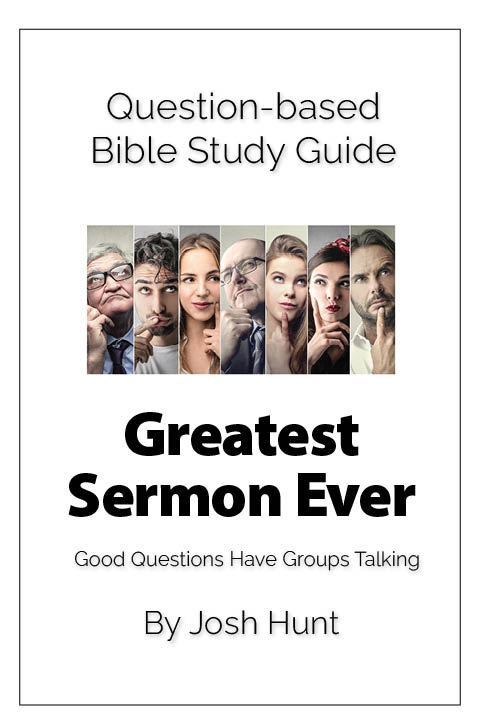Ephesians Bible Study Lessons | Our churches come in all styles and shapes—secret meetings in homes; wide-open gatherings in amphitheaters; worship services packing thousands into a sanctuary while an overflow crowd watches on closed-circuit television; handfuls who kneel in urban storefronts. Buildings will vary, but the church is not confined to four walls. The church of Jesus Christ is people, his people, of every race and nation, who love Christ and are committed to serving him. The “church age” began at Pentecost (Acts 2). Born in Jerusalem, the church spread rapidly through the ministry of the apostles and the early believers. Fanned by persecution, the gospel flame then spread to other cities and nations. On three courageous journeys, Paul and his associates established local assemblies in scores of Gentile cities. One of the most prominent of those churches was at Ephesus. It was established in A.D. 53 on Paul’s homeward journey to Jerusalem. But Paul returned a year later, on his third missionary trip, and stayed there for three years, preaching and teaching with great effectiveness (Acts 19:1–20). At another time, Paul met with the Ephesian elders, and he sent Timothy to serve as their leader (1 Timothy 1:3). Just a few years later, Paul was sent as a prisoner to Rome. There, he was visited by messengers from various churches, including Tychicus of Ephesus. Paul wrote this letter to the church and sent it with Tychicus. Not written to counteract heresy or to confront any specific problem, Ephesians is a letter of encouragement. In it Paul describes the nature and appearance of the church, and he challenges believers to function as the living body of Christ on earth. After a warm greeting (1:1, 2), Paul affirms the nature of the church—the glorious fact that believers in Christ have been showered with God’s kindness (1:3–8), chosen for greatness (1:9–12), marked with the Holy Spirit (1:13, 14), filled with the Spirit’s power (1:15–23), freed from sin’s curse and bondage (2:1–10), and brought near to God (2:11–18). As part of God’s “house,” we stand with the prophets, apostles, Jews, Gentiles, and Christ himself (2:19–3:13). Then, as though overcome with emotion by remembering all that God has done, Paul challenges the Ephesians to live close to Christ, and he breaks into spontaneous praise (3:14–21). Paul then turns his attention to the implications of being in the body of Christ, the church. Believers should have unity in their commitment to Christ and their use of spiritual gifts (4:1–16). They should have the highest moral standards (4:17–6:9). For the individual, this means rejecting pagan practices (4:17–5:20), and for the family, this means mutual submission and love (5:21–6:9). Paul then reminds believers that the church is in a constant battle with the forces of darkness and that they should use every spiritual weapon at their disposal (6:10–17). He concludes by asking for their prayers, commissioning Tychicus, and giving a benediction (6:18–24). As you read this masterful description of the church, thank God for the diversity and unity in his family, pray for your brothers and sisters across the world, and draw close to those in your local church. Life Application Bible Notes (Tyndale, 2007), 1997. If you are wanting to do a particular passage or book study and can't find it, feel free to email me at josh@joshhunt.com21 Laws of Discipleship -- the book -- |


















